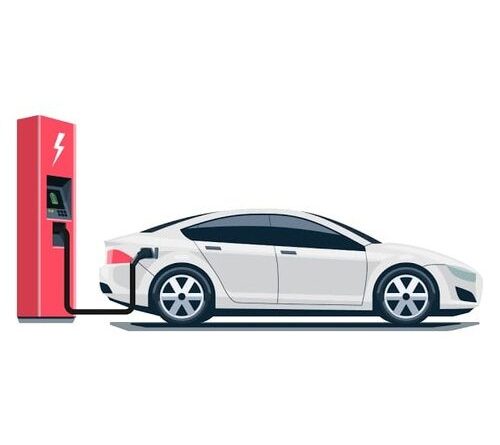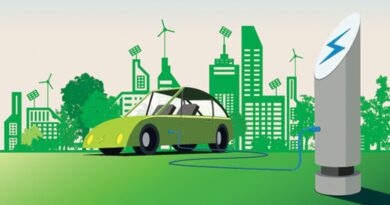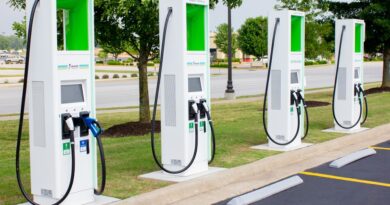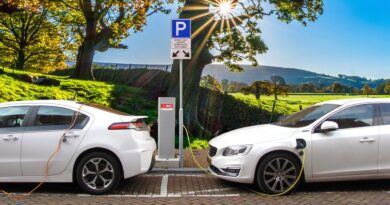How to Charge EV at Home? | How to install an EV charger at home?
The vast bulk of electric vehicle charging takes done at home. After all, it is the most cost-effective and easy method of charging an electric vehicle. This fast article will teach you all you need to know about charging an electric car at home.
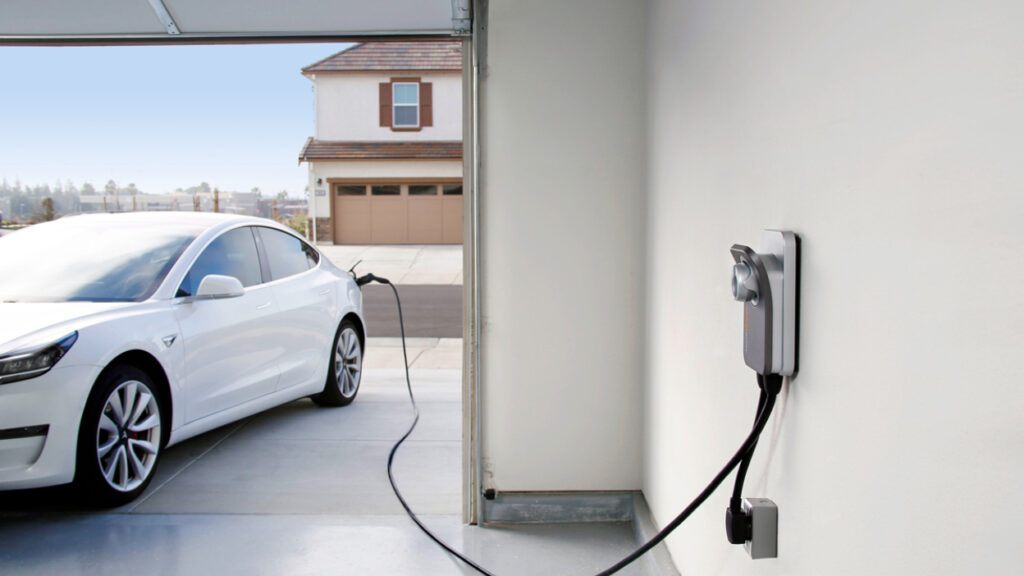
Your electric automobile might be tiny or large, new or used, American, Japanese, or South Korean, red, blue, or purple. Every electric vehicle includes a socket that may be used to charge.
However, most electric car owners charge their vehicles at home. In reality, most plug-in electric car owners charge their vehicles at home more than 80% of the time. For the bulk of their EV charging sessions, they should pick one. Charging your electric car’s battery at home is the most cost-effective and efficient approach, regardless of whether you live in a house or an apartment, have a garage, or have private parking.
You should have a home charging station installed where you park your electric car so that you may charge it at home. An EVSE supply cord for a 3 pin plug socket can be used as a backup.
- A dedicated home charging port is frequently preferred by drivers since it is speedier and has built-in safety measures.
- A home charger is a small waterproof appliance with a charging wire or a socket for plugging in a portable charging cable that instals to a wall.
- Pod Point, a licenced specialised installer, instals dedicated EV chargers for your house.
More than 15 different manufacturers have produced over 82 different Levels home charging stations to meet more than 33 different sorts of electric car models.
How to install an electric car charger at home?
It’s crucial to be able to charge your electric car at home so that you’re always fully charged and ready to go when you need it. Electric car charging stations are divided into three categories. Each has its own installation process.

Installing a Level 1 electric vehicle charger
Level 1 EV chargers are included with your electric car and require no additional installation; simply connect your Level 1 charger into a regular 120-volt wall socket and you’re good to go. The most appealing feature of a Level 1 charging system is that there are no additional fees involved with the installation, and you can set up the full charging system without the help of a professional.
Installing a Level 2 electric vehicle charger
240 volts is the voltage utilized by a level 2 EV charger. This offers the advantage of faster charging times, but it necessitates a specific installation method due to the fact that a conventional wall outlet only supplies 120 volts. 240 volts is also used by appliances like electric dryers and ovens, and the installation method is fairly similar.
Level 2 EV charger: the specifics
For Level 2 installation, 240 volts must be delivered from your breaker panel to your charging station. To double the circuit voltage to 240 volts, a “double-pole” circuit breaker must be connected to two 120 volt buses at the same time using a 4-strand wire. A ground wire is connected to the ground bus bar, a common wire is connected to the wire bus bar, and two hot wires are connected to the double-pole breaker.
To have a suitable interface, you may need to replace your breaker box fully, or you may be able to just put a double-pole breaker in your current panel. It’s critical to ensure that all electricity to your breaker box is turned off by turning off all breakers, then turning off your main breaker.
Once you’ve connected the correct circuit breaker to your house wiring, you may route your newly installed 4-strand cable to your charging station. To prevent damage to your electrical systems, this 4-strand cable must be adequately insulated and secured, especially if it will be deployed outside at any point. The final step is to mount the charging device and connect it to the 240-volt wire where you will be charging your vehicle.
The charging device works as a secure storage area for the charge current, not allowing power to flow until it detects that your charger is attached to your car’s charging connection.
Because of the technical complexities and risk of installing a Level 2 EV charger yourself, it’s always a good idea to engage a professional electrician to do the job. Local construction rules frequently demand expert permits and inspections anyhow, and an electrical installation error might result in substantial damage to your house and electrical equipment. Electric work is also a health danger, therefore it’s always best to leave it to an experienced specialist.
Depending on the firm or electrician you engage with, professional installation can cost anywhere from $200 to $1,200, and the cost can grow much higher for more sophisticated installations.
Installing a Level 3 electric vehicle charger
Because they are generally prohibitively costly and require specialized and powerful equipment to function, Level 3 charging stations, also known as DC Fast Chargers, are primarily employed in commercial and industrial environments. This implies that DC Fast Chargers cannot be installed in the residence.
Most Level 3 chargers can charge compatible cars to roughly 80% in 30 minutes, making them ideal for use at roadside charging stations. The option of “supercharging” is accessible to Tesla Model S owners.
Tesla’s Superchargers can provide around 170 miles of range to the Model S in less than 30 minutes. It’s crucial to remember that not all level 3 chargers are compatible with all cars. Before relying on level 3 chargers for on-the-go recharging, be sure you know which public charging stations are compatible with your electric car.
Charging at a public EV charging station comes at a variety of prices. Your charge rates may vary greatly depending on your service provider. Costs for EV charging stations can be set up as monthly fixed fees, per-minute fees, or a combination of the two. Look into your local public charging options to see which one best suits your automobile and needs.

